Today, I want to take you on a little stroll down memory lane. Hopefully, I can share with you the love of nature that I acquired in my childhood and have tried to pass on to my children.

My little sister and I spent hours outside playing. The first house I remember was a cement block house in the middle of the woods. There were huge pine trees in the front yard, all lined up in a row. I used to pretend they were the fir trees up on top of the mountain in the Alps in front of Grandfather’s cabin. (Yes, I really enjoyed the book “Heidi”) In fact, there’s a beautiful picture of Heidi sitting in a meadow of wildflowers, which brings me back to my topic for today.
I love wildflowers, and they will shine brighter in my eyes than garden varieties any day. Why, you might ask? Here’s a few reasons to love wildflowers.
- They can be found in abundance.
- No one tends them but YHVH.
- They come in every color.
- They have awesome names, like Queen Anne’s Lace, Indian paintbrush, and Lady’s Slipper.
- They are easy to find along the driveway, in fields, along the road, etc.
- Many of them are also medicinal herbs, right at our fingertips.
- They have a delicate beauty.
I’d like you to ask yourself, how many wildflowers can you recognize when you are outside? How many can your children recognize? Do you know the names of the flowers you see everyday? If not, make this a personal goal for your family. It’s a wonderful foundation for later science studies, like biology, botany, and even nutrition or medicine. Try to learn to identify and name three different wildflowers that grow near you. Here are some that grow near me.
Queen Anne’s Lace
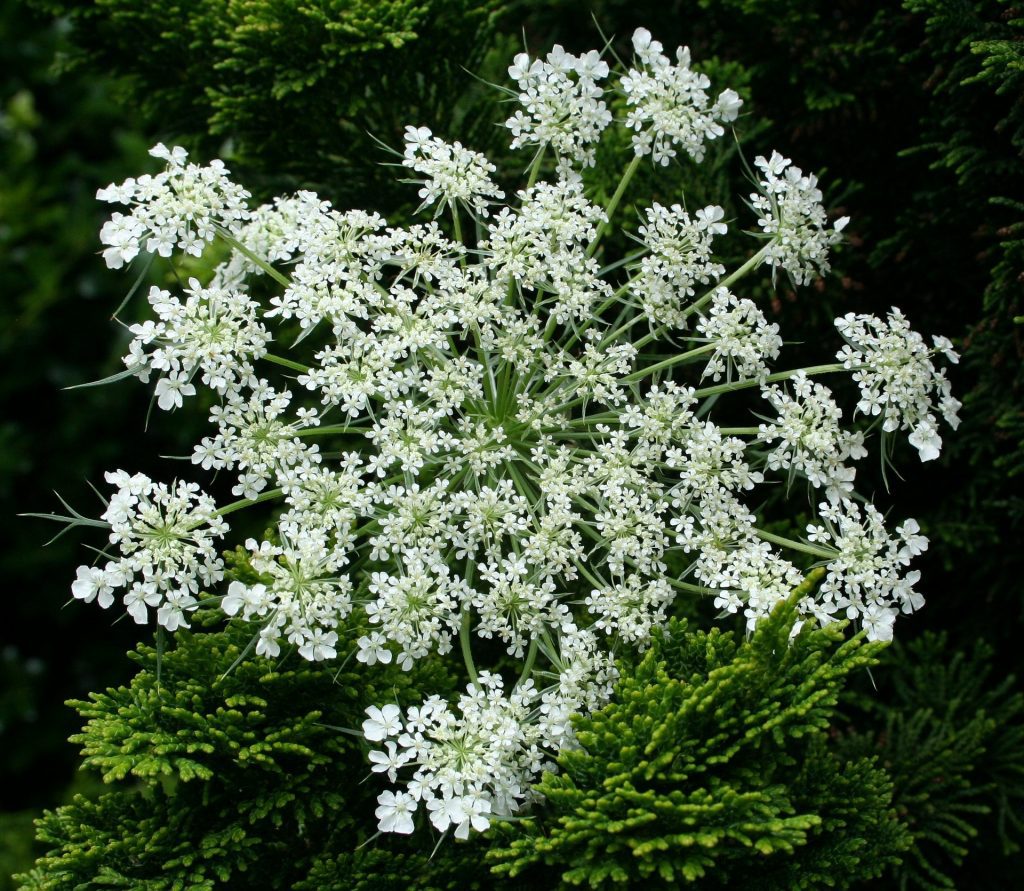
Queen Anne’s Lace is one of my favorite flowers, and I am literally surrounded by them. They are actually made of lots of tiny white flowers. If you can find some near you, be sure to show your children the little flowers that make up the big flower we see. Can you smell it and guess what other well known plant it is related to? I’ll give you a hint: it’s a root crop vegetable.
Daisy
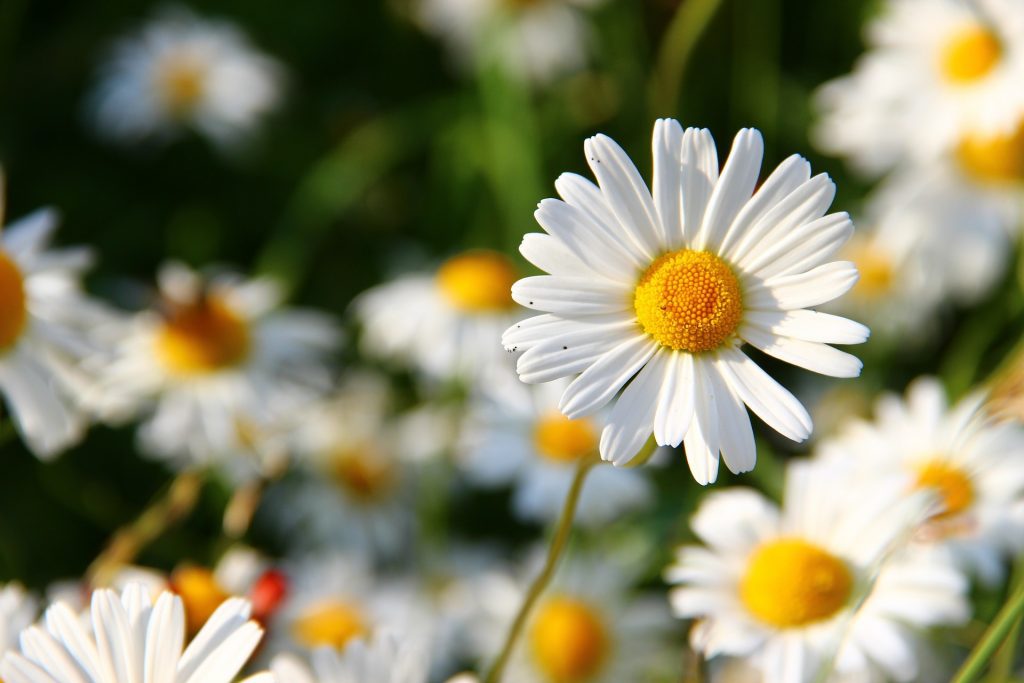
Daisies are very common, and you probably already know this one. Did you know there are lots of varieties of daisies? Use a field guide to help you figure out what varieties are growing near you.
Dandelion
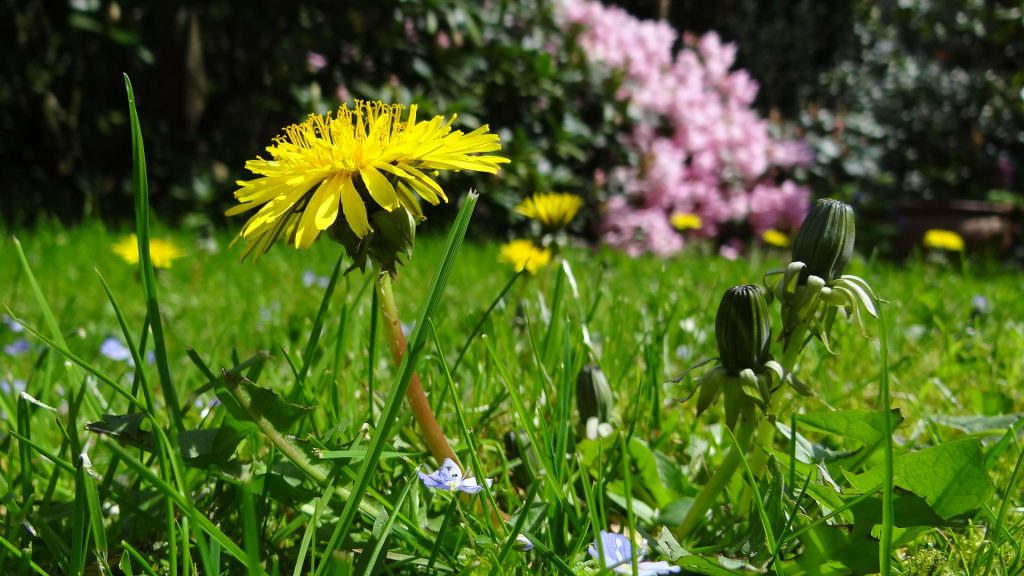
As a child, I always thought of a field of dandelions as a field of gold. When they fill up a field with sunshine, there is nothing cheerier. It really shocks me that people work so hard to get rid of them. I see them as a gift, of food, and of medicine. Learn to appreciate these little gems.
Chicory
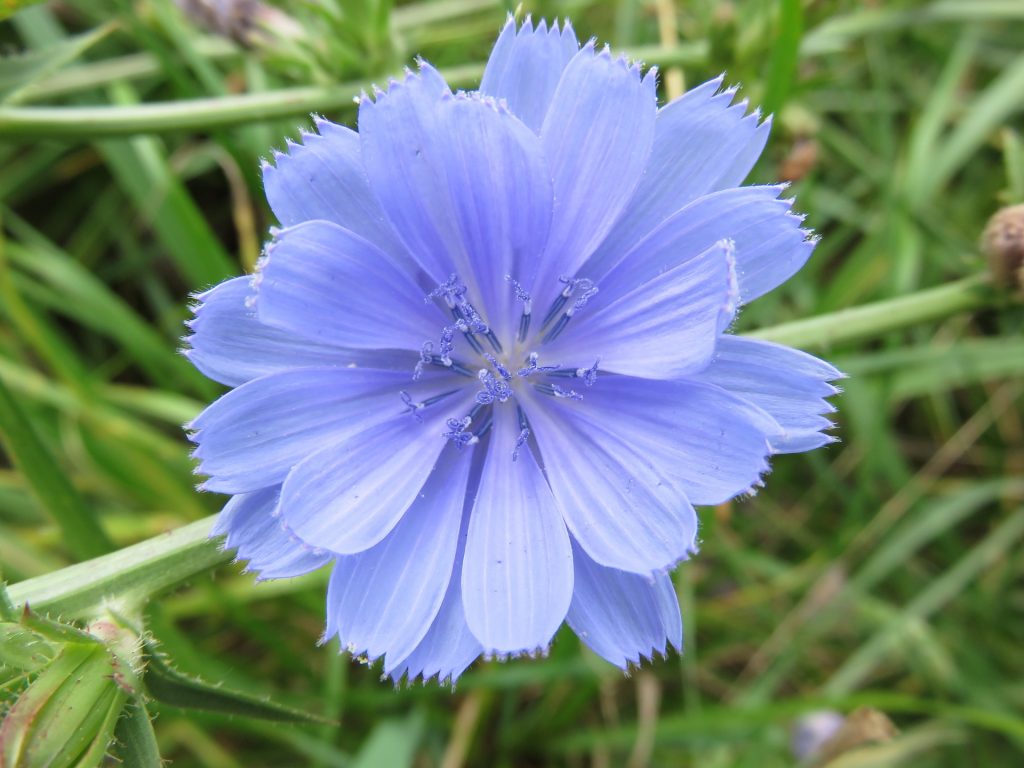
Chicory is a fun flower, and one of the few blue flowers. They can easily be found along the side of the road, thanks to not being picky about where they grow. The root is often roasted and ground up to make a coffee like drink. Put enough sweetener and it’s not too bad lol.
Black-eyed Susan
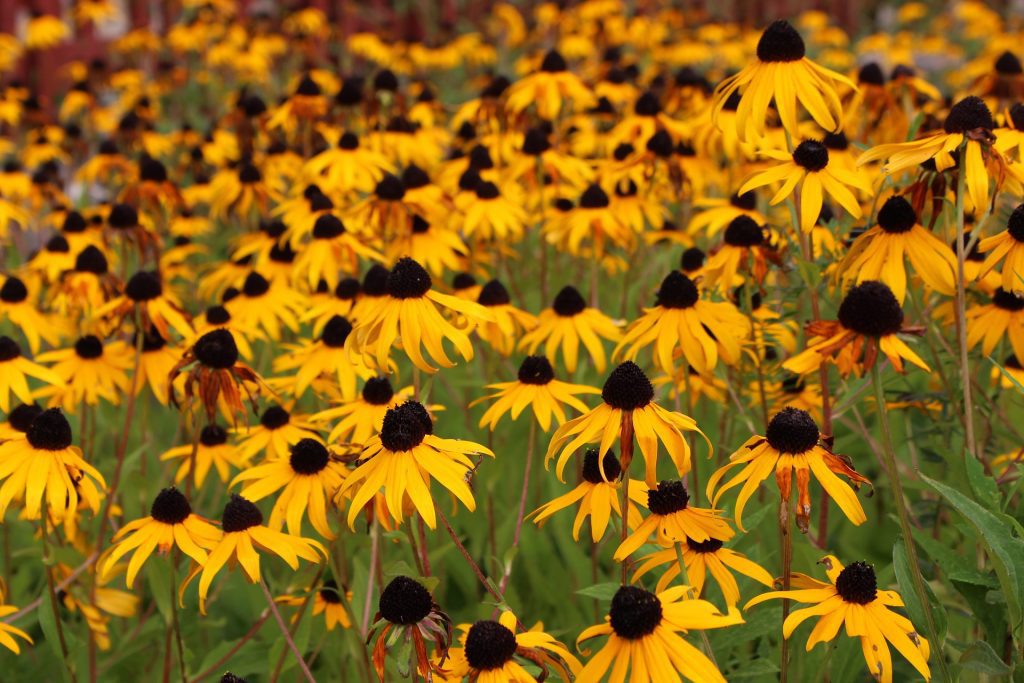
Black-eyed susans are another fun flower that is easy to find. They also grow alongside the road. Notice how the brown center sits on top and the bright petals fall down from there. Purple coneflowers have a similar shape.
What flowers grow near you? Head out with your children and a field guide and start learning the names of the wildflowers that grow in your neck of the woods. If it’s wintertime, learning doesn’t have to stop. Give your children that same field guide and let them pick flowers to draw and label.
Therefore I say unto you, Take no thought for your life, what ye shall eat, or what ye shall drink; nor yet for your body, what ye shall put on. Is not the life more than meat, and the body than raiment?
Behold the fowls of the air: for they sow not, neither do they reap, nor gather into barns; yet your heavenly Father feedeth them. Are ye not much better than they?
Which of you by taking thought can add one cubit unto his stature?
And why take ye thought for raiment? Consider the lilies of the field, how they grow; they toil not, neither do they spin:
And yet I say unto you, That even Solomon in all his glory was not arrayed like one of these.
Wherefore, if God so clothe the grass of the field, which to day is, and to morrow is cast into the oven, shall he not much more clothe you, O ye of little faith?
Therefore take no thought, saying, What shall we eat? or, What shall we drink? or, Wherewithal shall we be clothed?
(For after all these things do the Gentiles seek:) for your heavenly Father knoweth that ye have need of all these things.
But seek ye first the kingdom of God, and his righteousness; and all these things shall be added unto you.
Take therefore no thought for the morrow: for the morrow shall take thought for the things of itself. Sufficient unto the day is the evil thereof.
Perhaps the greatest lesson we have to learn from the wildflowers around us is the unfailing provision of our Heavenly Father. Truly, no one tends the wildflowers but Him, and they are a beauty to behold. He promises to take much better care of us than He does the flowers. This is definitely a lesson worth teaching your children. Happy wildflowering!
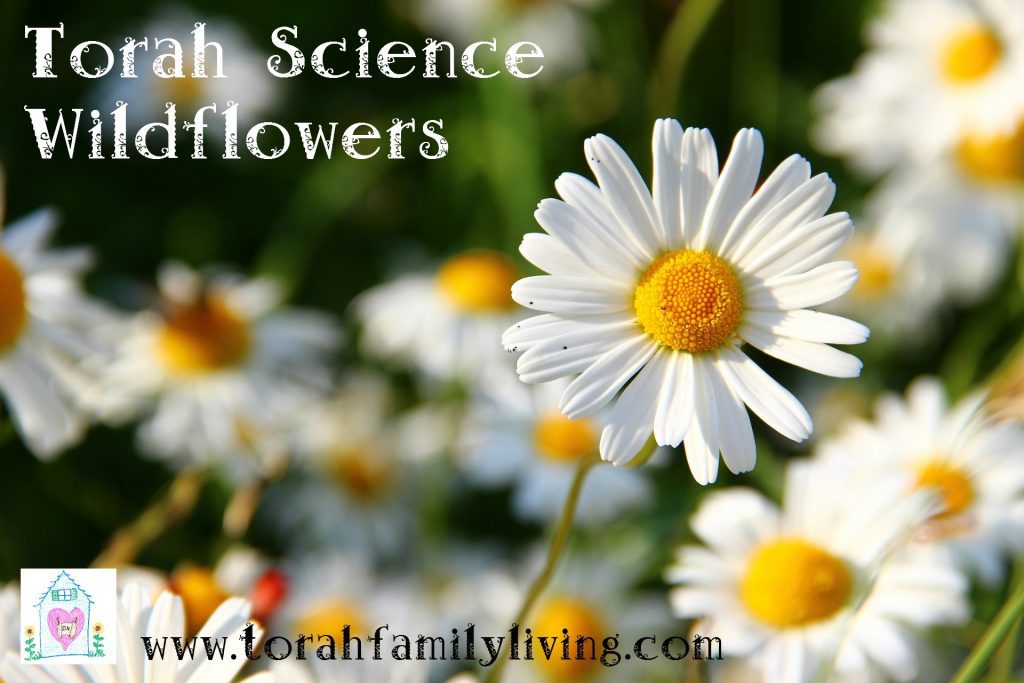
Save
Save




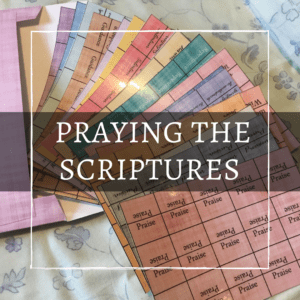



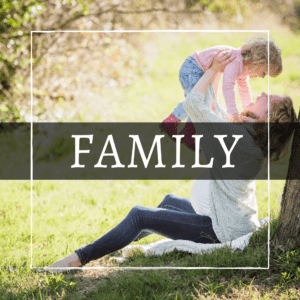


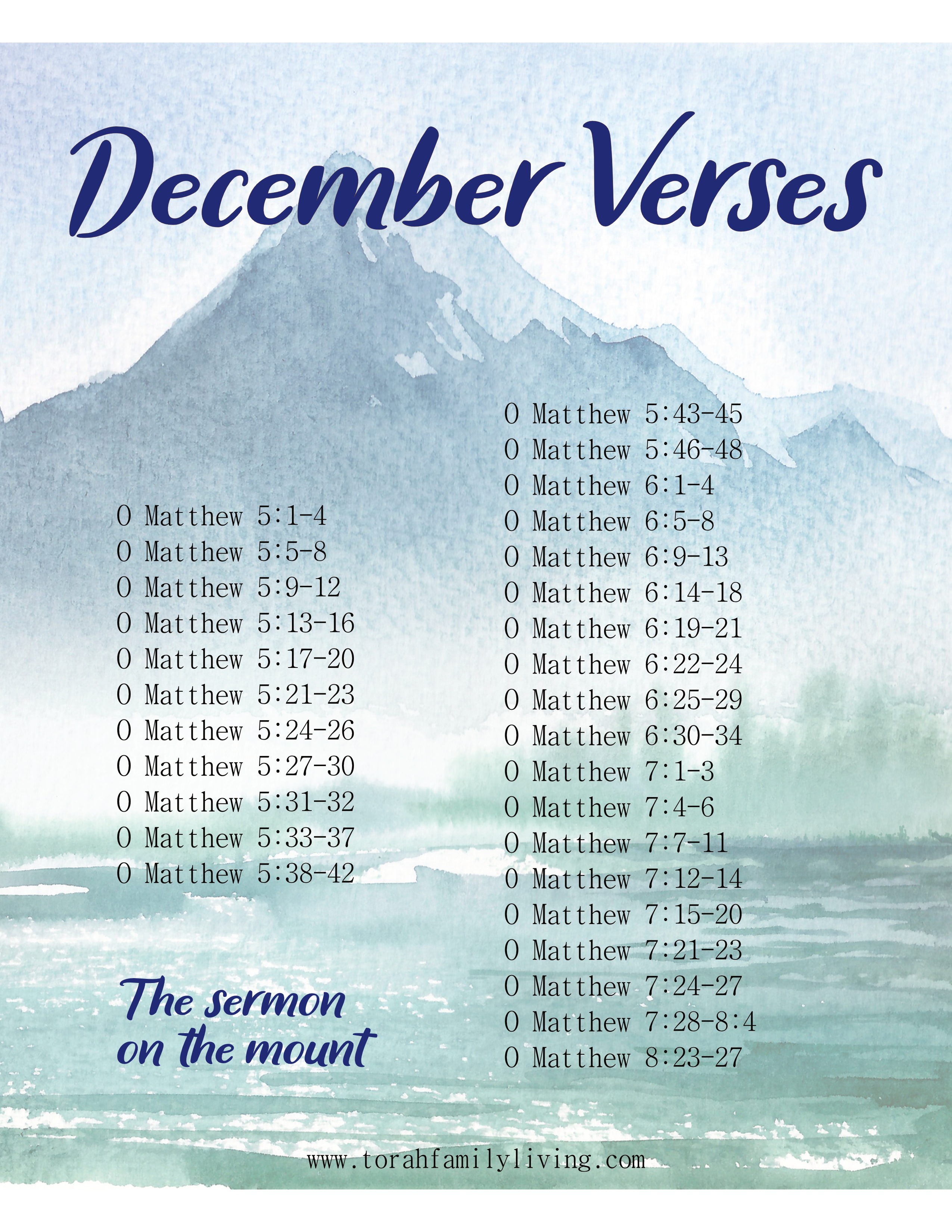
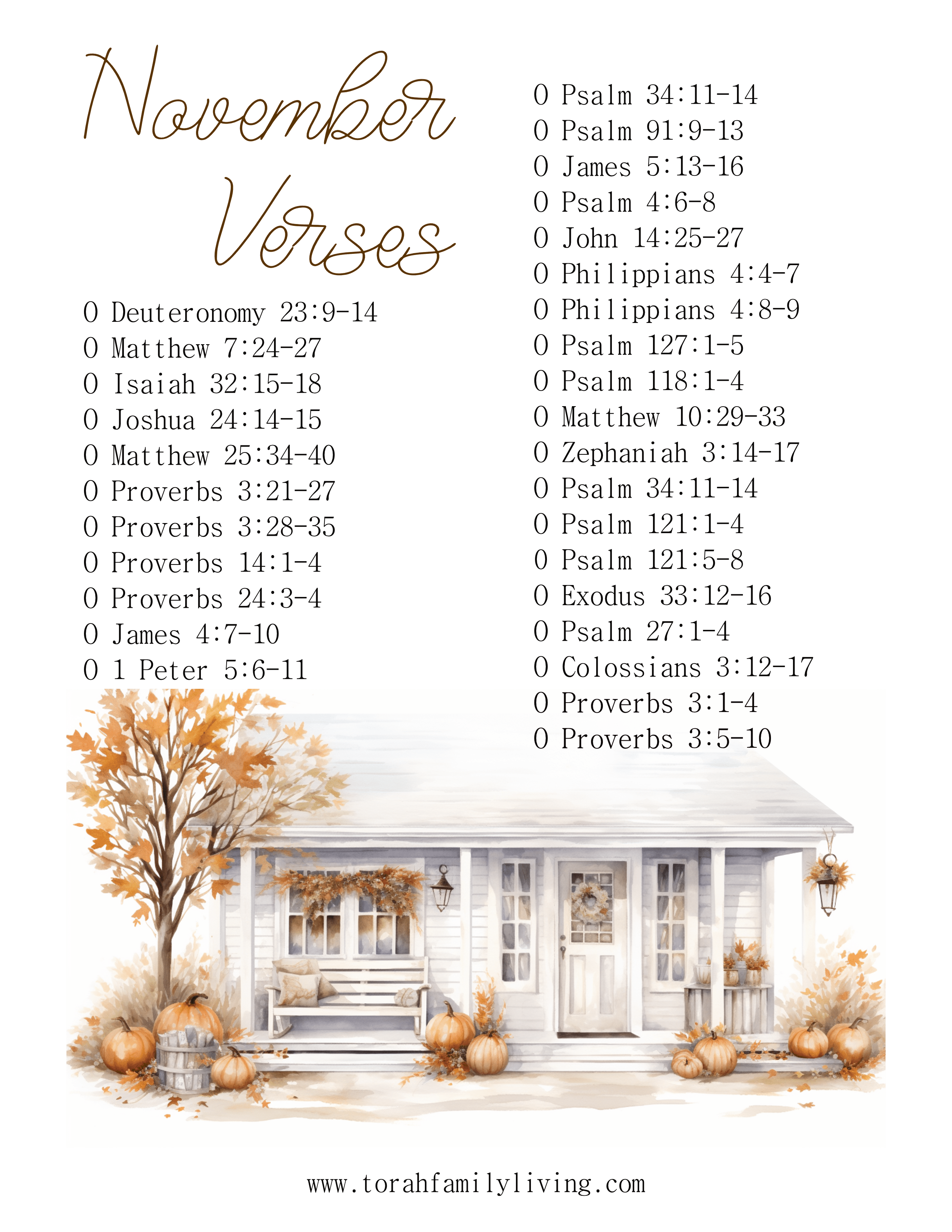
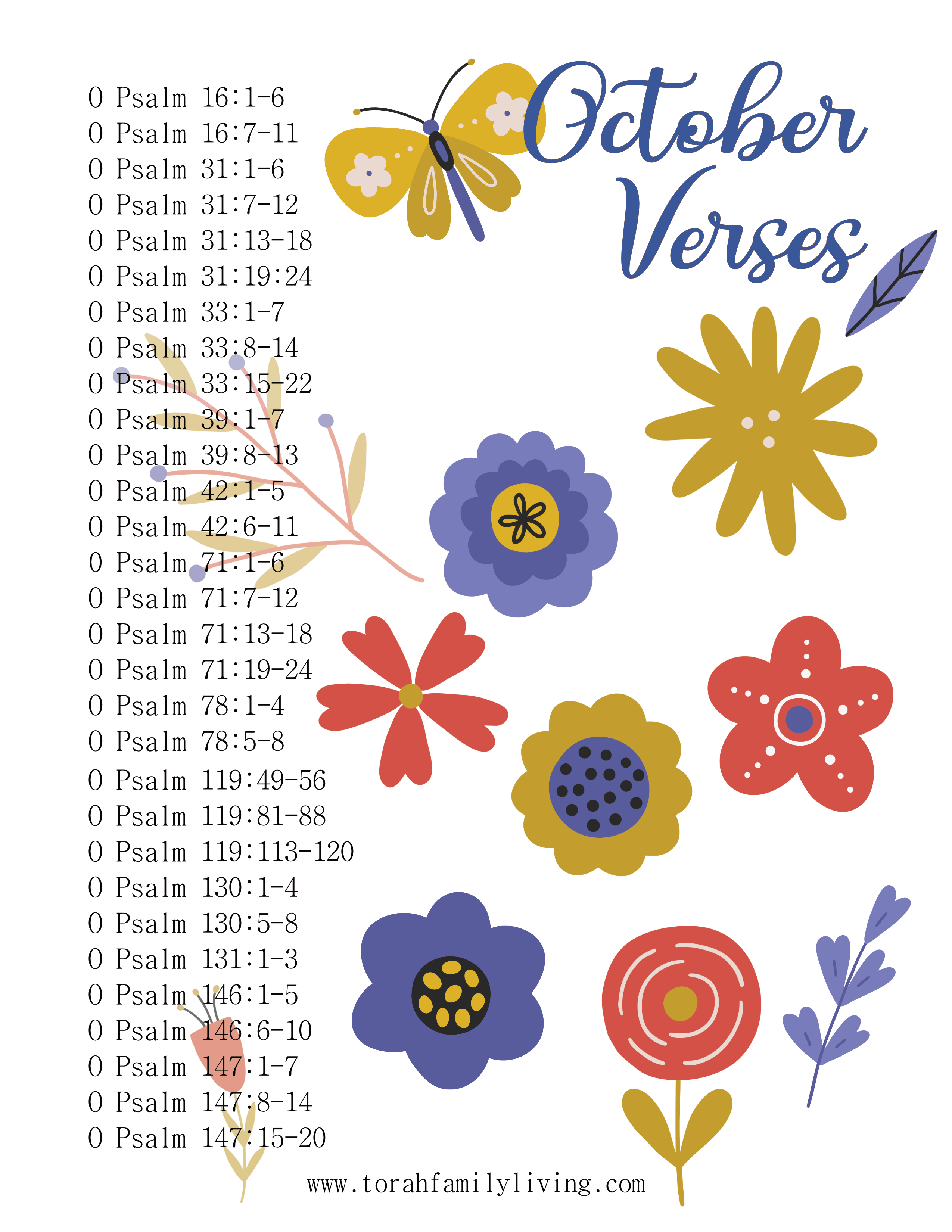

One Response
Thank you.